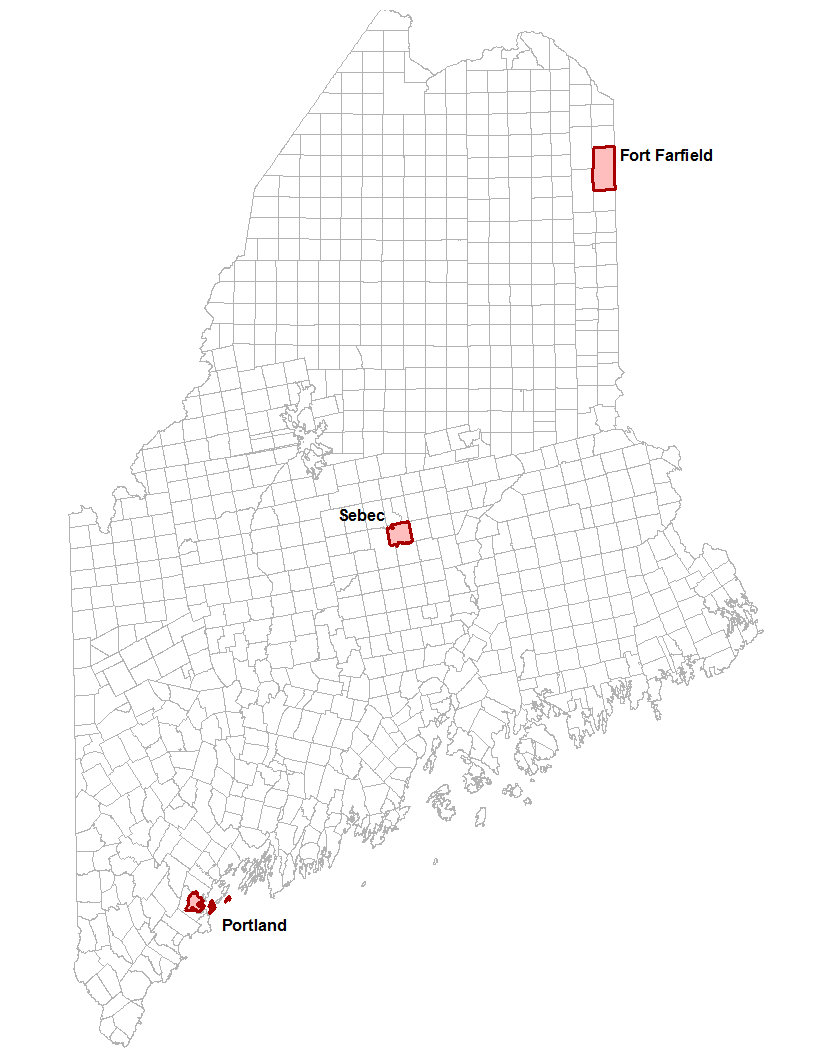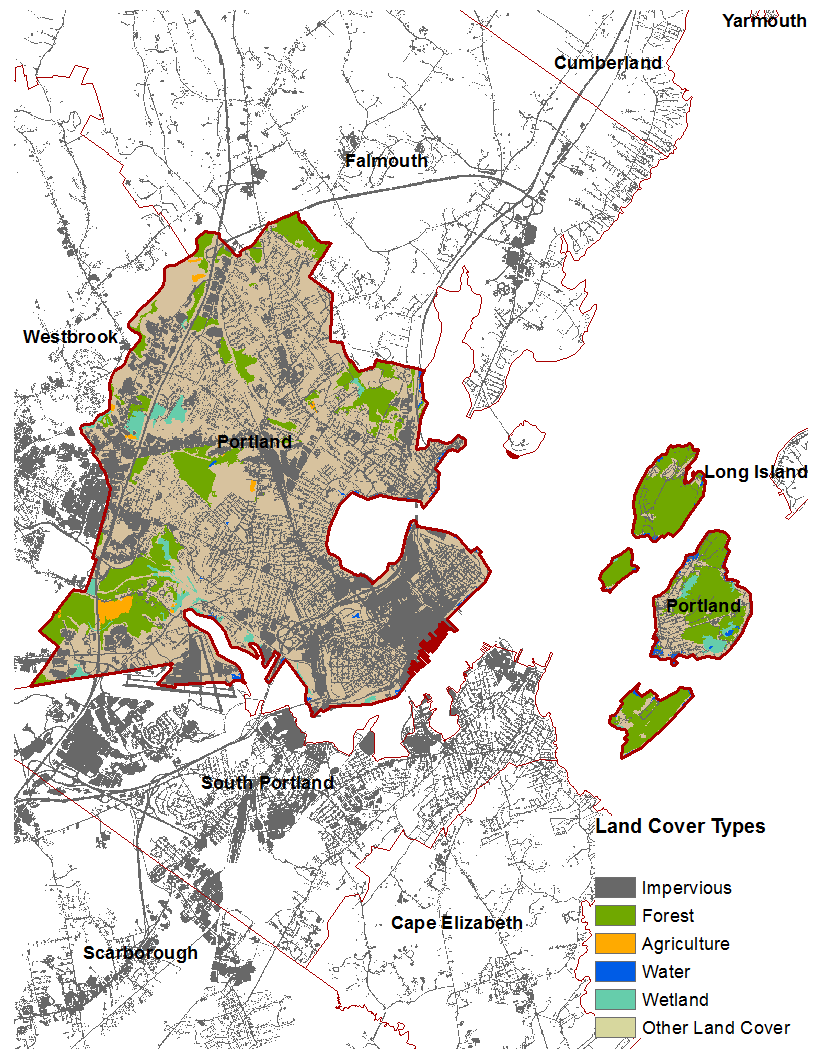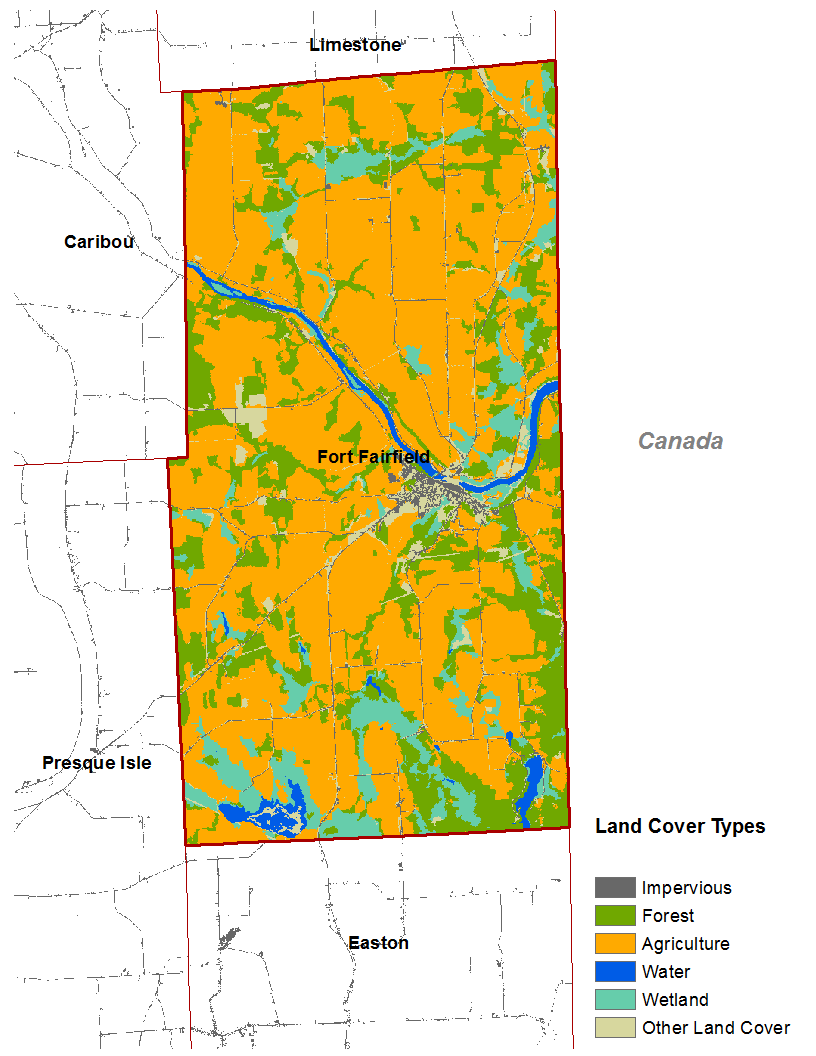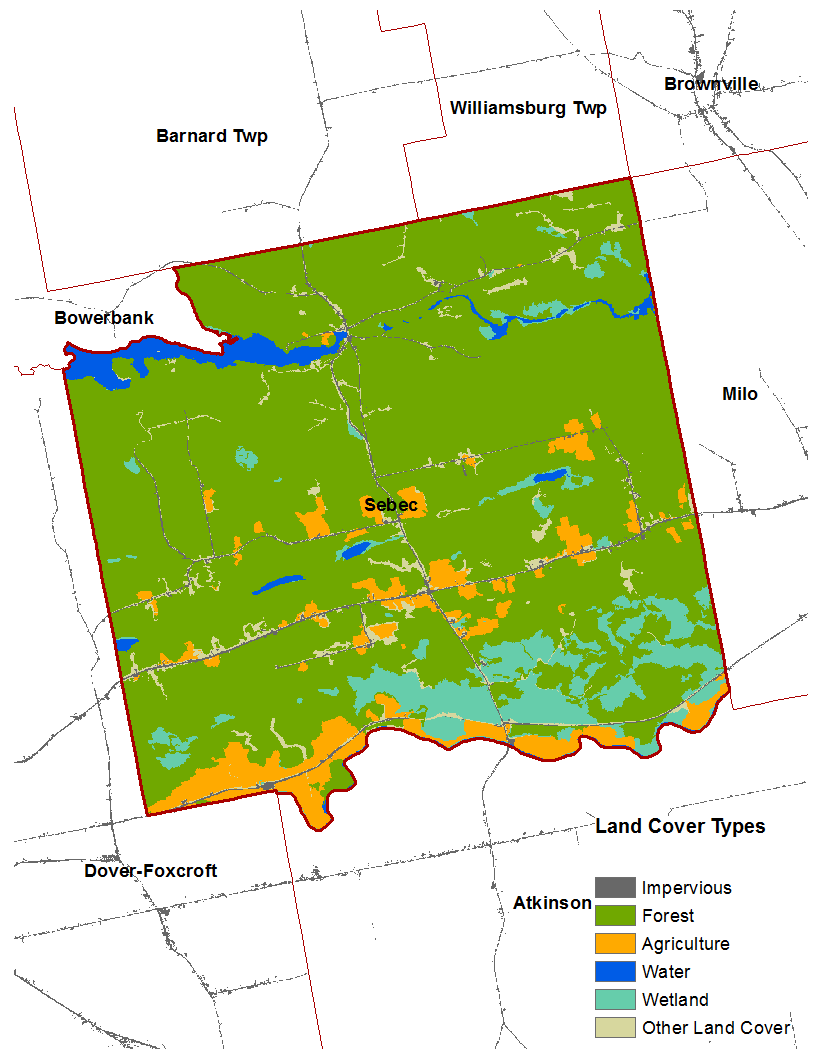Abigail Kaminski, Research Associate, Clark University
 Vernal pools are important landscape features (see our posts about their importance here and here. Decisions that lead to the preservation of vernal pools and the lands that surround them are made at an individual level (landowners make decisions about what to do with their property), and on a town level (towns implement policies and management strategies that regulate development and land use). We’re interested in protecting these unique and important features in a way that takes into account the diverse and interacting factors that help define towns across Maine.
Vernal pools are important landscape features (see our posts about their importance here and here. Decisions that lead to the preservation of vernal pools and the lands that surround them are made at an individual level (landowners make decisions about what to do with their property), and on a town level (towns implement policies and management strategies that regulate development and land use). We’re interested in protecting these unique and important features in a way that takes into account the diverse and interacting factors that help define towns across Maine.
We have been working on grouping towns in Maine by a number of characteristics that may influence the management and conservation of vernal pools. By grouping towns that share similar characteristics, we can test how different policy approaches may work in different types of towns in Maine.
We start the grouping process by asking questions about the land cover and layout of the towns. For example: Is the town wooded? Are there many roads? Is there a compact town center or more scattered development? All of these factors can help influence where vernal pools are located, the amount and type of land that can be protected, and the decisions that individuals and towns make about their vernal pools.
Some towns, like Portland, have a lot of impervious surface (built areas like rooftops, roads, and parking lots) with only a few wooded areas.
Other towns, like Fort Fairfield, are made up of mostly agricultural lands, with a clear town center (see the area with a lot of impervious surface near the center of the town). These agricultural towns typically have some, but not a lot of forest and wetland areas.
Still other towns, like Sebec, have isolated pockets of development, and no clear town center. These towns are mostly dominated by large areas forests. The other types of land cover may appear, but with much less frequency.

Portland

Ft. Fairfield

Sebec
These three towns look different, have different patterns of development, and, as a result, the same vernal pool conservation plans that may be inexpensive and effective in one type of town may be prohibitively costly or challenging to implement in another type of town. For example, Portland and other towns with large areas of impervious surface have less land available to conserve, and might have greater pressure for future development than towns with less impervious surface.
Towns in Maine aren’t all the same, and we expect that might impact how vernal pool conservation can be implemented across the state.
